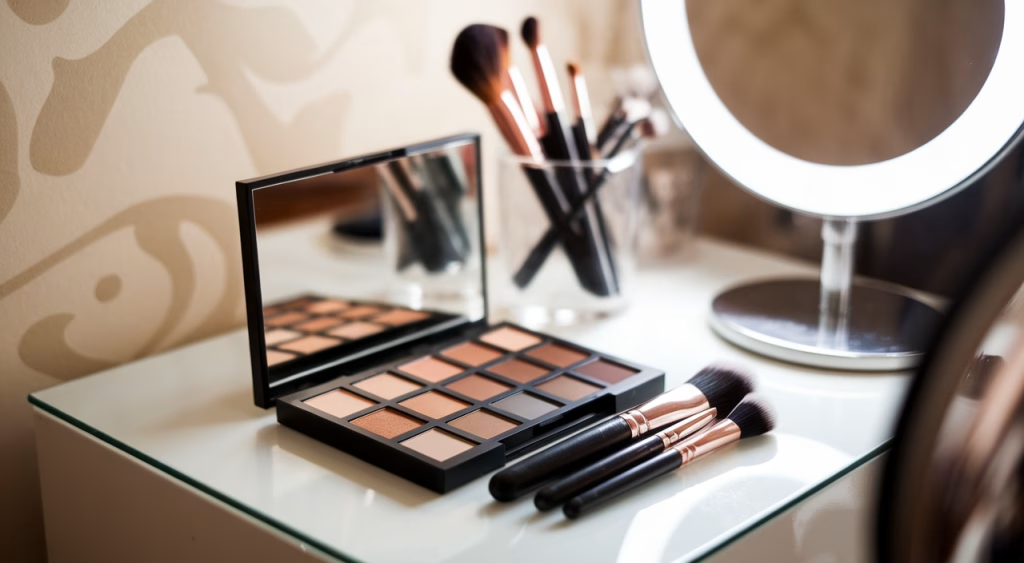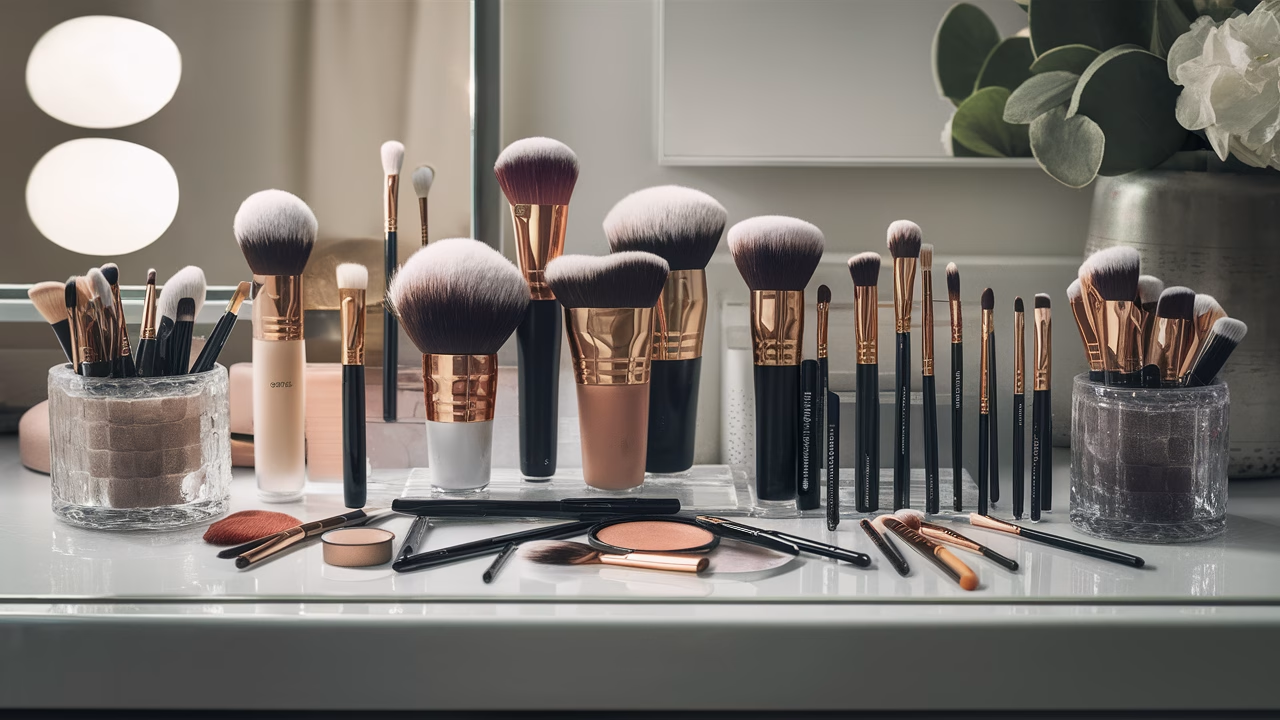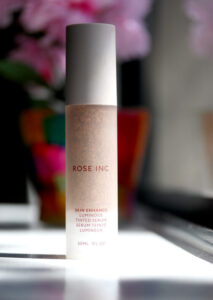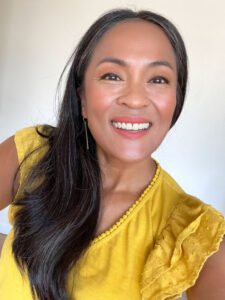What are the essential makeup brushes every beginner truly needs?
Starting your makeup journey shouldn’t feel overwhelming. While makeup stores display hundreds of brushes, you only need a few carefully selected essential makeup brushes for beginners to create stunning looks. The key is choosing quality makeup brushes that serve multiple purposes and learning proper application techniques.
Key Takeaways:
- Start with the basics: Foundation, powder, blush, eyeshadow, and blending brushes form your core collection.
- Choose quality over quantity: A small set of professional makeup brushes outperforms large, low-quality kits.
- Master their purpose: Understanding each brush function transforms your makeup application.
- Maintain them properly: Regular cleaning prevents skin issues and extends brush life.
- Invest strategically: The best makeup brush set for beginners balances quality with affordability.
Understanding the Different Types of Makeup Brushes
Foundation Brushes
Foundation brushes are your first step to flawless base makeup. These essential makeup brushes for beginners come in two main styles that dramatically impact your finished look:
- Flat Foundation Brush: Perfect for liquid foundation application, allowing precise product placement and buildable coverage.
- Buffing Brush: Features dense, soft bristles that blend foundation seamlessly into skin, creating an airbrushed finish that beginners love.
Eyeshadow Brushes
Quality makeup brushes for eyeshadow application make the difference between muddy, patchy color and professional-looking eye makeup. These brushes offer precision and blending capabilities you cannot achieve with fingertips:
- Flat Shader Brush: Essential for packing eyeshadow pigment onto lids, especially metallic and shimmer shades.
- Small Angled Brush: Versatile tool perfect for eyebrow definition and precise eyeliner application.
Blending Brushes
Professional makeup brushes for blending create seamless color transitions and eliminate harsh lines in your eye makeup:
- Fluffy Blending Brush: The most important brush for crease work, diffusing color naturally without harsh edges.
- Tapered Blending Brush: Offers controlled blending for targeted eyeshadow placement and contouring.
Top Recommendations for Essential Makeup Brushes
Best Foundation Brush for Beginners
When selecting essential makeup brushes for beginners, choose a dense buffing brush with synthetic bristles. This forgiving tool distributes foundation evenly while minimizing streaks, making it perfect for those learning proper application techniques.
Must-Have Eyeshadow Brush Set
Your beginner makeup brush set should include three eye brushes: a flat shader for color application, a fluffy blending brush for seamless transitions, and a small angled brush for detail work. This trio gives you unlimited creative possibilities without overwhelming complexity.
How to Use Each Makeup Brush Correctly
Step-by-Step Guide for Flawless Foundation Application
Master foundation application with these professional techniques using quality makeup brushes:
- Step 1: Apply foundation dots to your face center using clean fingers or a spatula.
- Step 2: Using a slightly damp buffing brush, blend outward in gentle circular motions, building coverage gradually.
- Step 3: Blend carefully along jawline and hairline to create seamless coverage without visible edges.
Pro tip: Less is more when loading product onto your brush. Build coverage slowly for the most natural finish.
Enhancing Your Eye Makeup with the Right Brushes
Create stunning eye looks using these essential makeup brushes for beginners:
- Step 1: Apply transition shade across crease area using your fluffy blending brush.
- Step 2: Pat deeper shade onto outer lid using flat shader brush for intensity.
- Step 3: Blend harsh edges with clean fluffy brush to create smooth color transitions.
- Step 4: Define lash line using angled brush with dark eyeshadow for subtle eyeliner effect.
Tips for Cleaning and Caring for Your Makeup Brushes
Importance of Regular Brush Cleaning
Maintaining your makeup brush collection through regular cleaning prevents bacterial buildup that causes breakouts and skin irritation. Clean brushes also perform better, picking up and distributing product more effectively.
Proper Techniques for Brush Maintenance and Storage
Follow this simple weekly routine to maintain your quality makeup brushes:
- 1. Wet: Rinse bristles with lukewarm water, keeping water away from the ferrule.
- 2. Cleanse: Work gentle shampoo or brush cleanser through bristles using palm of hand.
- 3. Rinse: Continue rinsing until water runs completely clear.
- 4. Dry: Lay brushes flat on towel with bristles hanging over edge to maintain shape.
Store brushes upright in ventilated containers, protecting bristles from damage and maintaining their shape between uses.
Cost Guide: How Much Should You Spend on Your Beginner Makeup Brush Set?
| Type | Description | Price Range (Full Set) |
|---|---|---|
| Low-End | Basic brushes, often synthetic, beginner-friendly | $10–$25 |
| Mid-Range | Softer bristles, ergonomic handles, long-lasting | $30–$60 |
| High-End | Professional quality, handcrafted, premium fibers | $70–$150+ |
Frequently Asked Questions
How many makeup brushes does a beginner really need?
Five to eight key brushes are enough to get started. Focus on foundation, blush/powder, and 3-4 eye brushes.
Can I use the same brush for multiple products?
Technically yes, but it’s best to clean between uses to avoid muddy colors or cross-contamination.
What are the best affordable makeup brushes for beginner makeup artists?
Many beginner sets offer soft, synthetic brushes designed for durability and performance at budget-friendly prices.
Do brush bristles matter?
Absolutely! Synthetic bristles are best for liquids and creams, while natural bristles work well for powders.
How often should I wash my brushes?
I recommend washing face brushes weekly and eye brushes every 3–4 uses to keep both your brush performance and skin in the clear.
What brush do I use for highlighter?
A tapered highlighting brush or a fan brush works best—both provide controlled shimmer placement.
What’s the difference between a blending brush and crease brush?
They’re often used interchangeably, but blending brushes are fluffier to diffuse color, while crease brushes are slimmer for precision.




